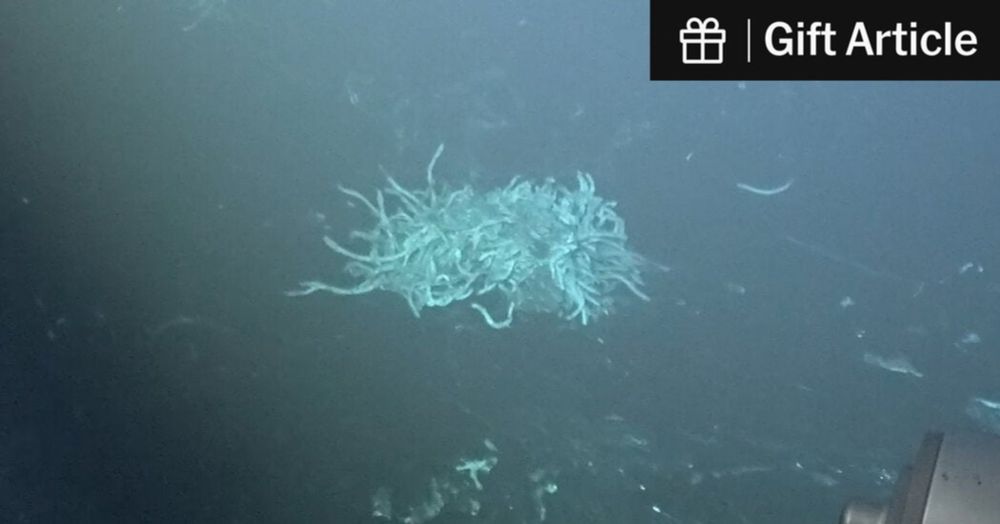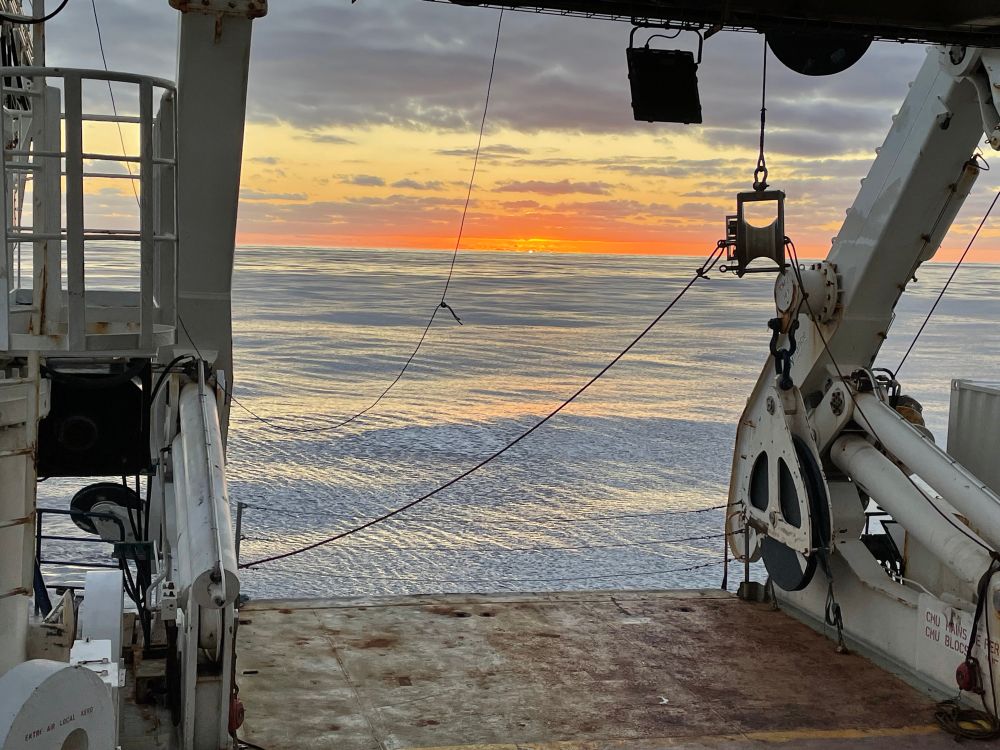

www.nytimes.com/2025/05/02/s...

www.nytimes.com/2025/05/02/s...
They visited the hydrothermal vent the day before, where a vibrant ecosystem thrived in the sweltering water. The next day, everything was gone. ⚒️🧪
My latest for @nytimes.com

They visited the hydrothermal vent the day before, where a vibrant ecosystem thrived in the sweltering water. The next day, everything was gone. ⚒️🧪
My latest for @nytimes.com


























